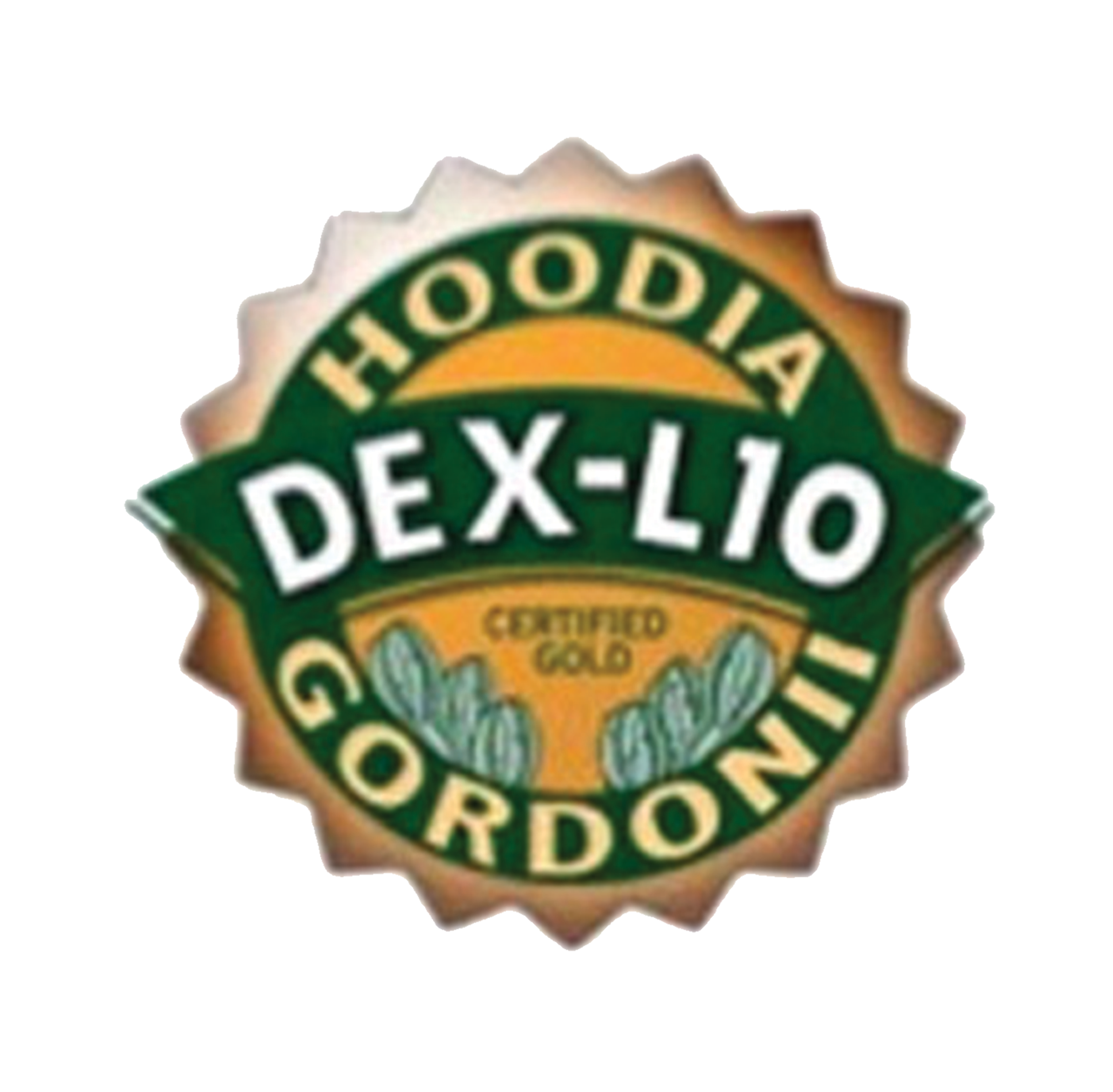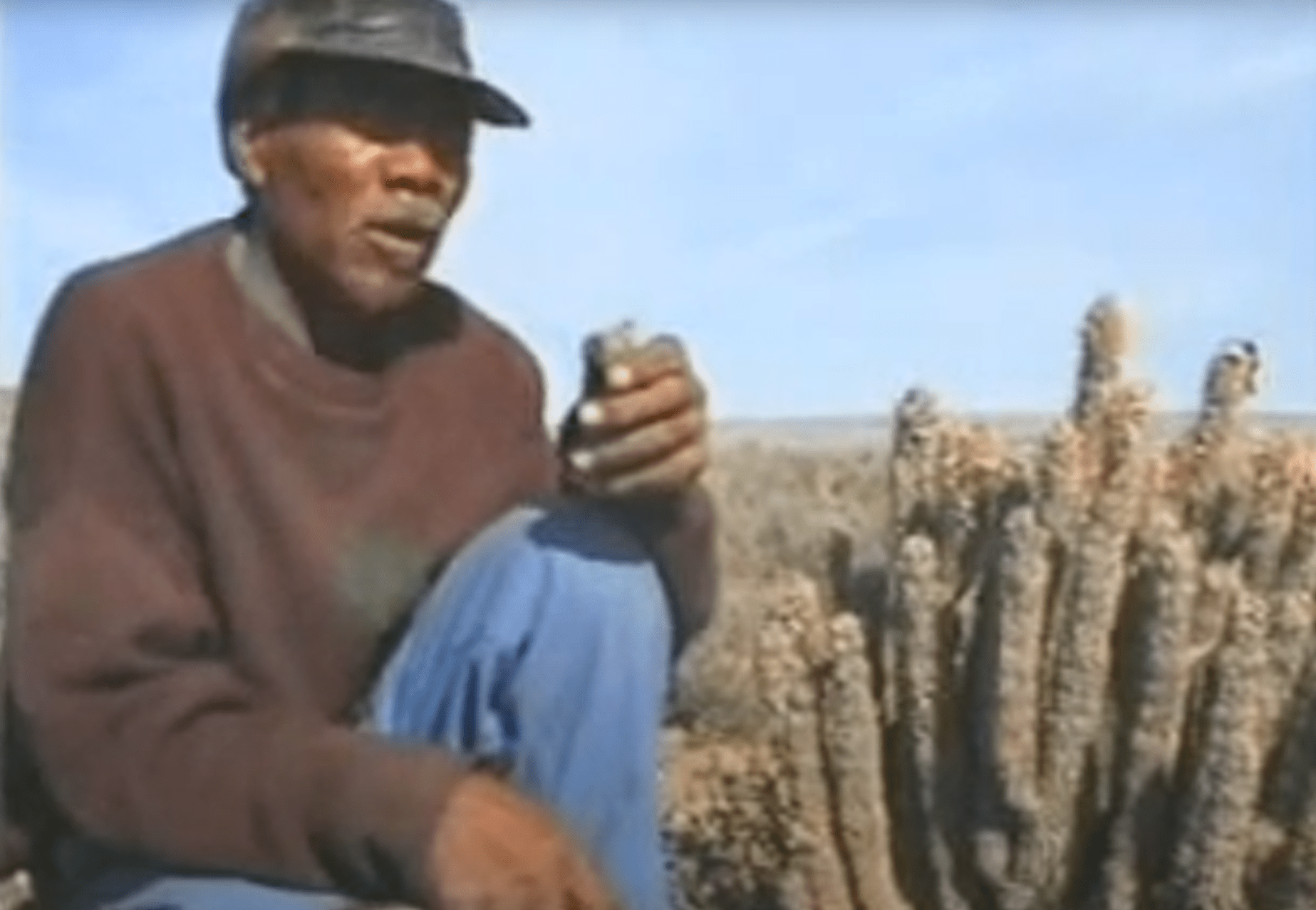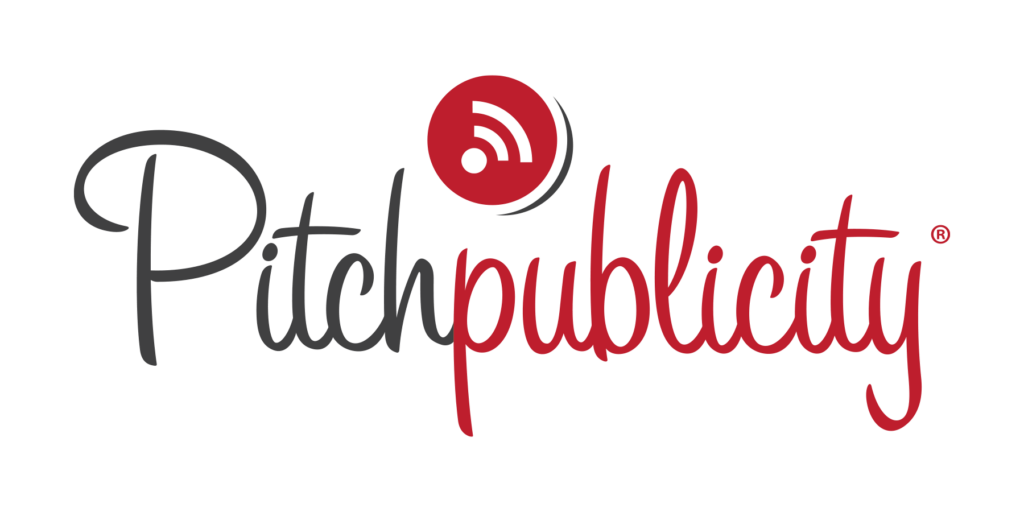
Hoodia Gordonii
Before Hoodia Gordonii became a weight loss supplement sensation, a small company named NutraLab hired Pitch Publicity® to help position and publicize its hoodia supplement. NutraLab had spent most of its budget on obtaining the best hoodia gordonii ingredient found in a succulent, cactus-like plant in the Kalahari Desert of southern Africa, certification of the supplement and research on the supplement to verify the right dosage needed for effective appetite suppression. When NutraLab hired Pitch Publicity® the company was simply planning to call the supplement Hoodia and sell it on the Internet. However, after conducting further research on the supplement’s strengths, weaknesses, opportunities and potential competitive threats, Pitch Publicity® found that there were many other companies selling hoodia generically online and therefore advised NutraLab to brand the hoodia gordonii ingredient they had certification with and that had been clinically researched so that consumers would know the NutraLab’s hoodia supplement was the
This is where the DEX-L10 part of the brand name was developed. Originally, NutraLab had planned to produce its supplement as a tablet and already had in its manufacturing plant a tablet stamp that would brand each pill with a DEX-L10 insignia. Anxious to get to market with the supplement, NutraLab decided to go with the branded name Hoodia Gordonii DEX-L10, and had labels for the supplement bottles and packaging made with the DEX-L10 insignia. Ultimately the supplement was produced in capsule form (not tablet), so ironically the branded DEX-L10 was never used, except for on the product labels and packaging.
One of the obstacles with this campaign was actually the branded name of Hoodia Gordonii DEX-L10 that the client had chosen. The DEX-L10 really didn’t have any meaning but in the press materials Pitch Publicity® positioned it as a certification identifier for consumers to know that they were buying the right hoodia gordonii from the right region of southern Africa, and that DEX-L10 hoodia gordonii had been studied in human clinical trials for efficacy and effectiveness as a appetite suppressant to be used as part of a weight loss strategy.
In the spring of 2004, the Hoodia Gordonii DEX-L10 dietary supplement was manufactured, the study was complete, website and online store was created and the publicity push could begin. Pitch Publicity® scripted and produced a VNR (video news release) about Hoodia Gordonii DEX-L10 and issued to all television stations and networks nationwide in the summer of 2004. Prior to 2006, VNRs were widely accepted by television newsrooms from public relations professionals as a press release in video format. News producers could air VNRs in whole or in part at their discretion or incorporate certain footage provided into other news reports they were producing. They could also dub over the voiceover used in the VNR to make it their own report. One of the unique attributes of the Hoodia Gordonii DEX-L10 VNR was that we were able to include footage of the San Bushmen shot specifically for us from NutraLabs’ supplier contacts in the Kalahari Desert. No one else had this footage. It was included in the VNR (watch the video on this page; the original Hoodia Gordonii DEX-L10 VNR is the first segment), along with interviews of the medical doctors who ran the clinical study and specific video shots of the supplement being produced in the client’s manufacturing plant. The Hoodia Gordonii DEX-L10 VNR was released via satellite feed to all television stations and networks nationwide at the end of May 2004.
The timing of the VNR distribution was awful. Within a week after issuing the VNR, former U.S. President, Ronald Reagan died. For the entire month of June the media was focused on the Reagan story and not so interested in weight loss stories. Pitch Publicity® continued to pitch the Hoodia Gordonii DEX-L10 story, offering to ship out VNRs of the story on BETA tapes to stations that may have missed the satellite feed. Then in November of 2004, CBS’s “60 Minutes” ran their own story on hoodia gordonii, which included some of the specific southern African San Bushman footage from the Hoodia Gordonii DEX-L10 VNR. Although “60 Minutes” did not choose to feature a specific brand of hoodia in their story, they started the media buzz that then took off like wildfire for hoodia. Every news station in the country was primed to do its own version of the story, and this is when the timing worked in our favor as every station in the country already had access to the Hoodia Gordonii DEX-L10 VNR footage. More than 200 local television stations, covering 90 percent of the United States aired a form of the Hoodia Gordonii DEX-L10 VNR but this time included product mentions and directed viewers to “look for the DEX-L10 certified hoodia gordonii.” Other national networks including NBC’s “Today” show ran major features on the hoodia story, which all contributed to more orders of the Hoodia Gordonii DEX-L10 than NutraLab could handle.
Walgreens and CVS began soliciting NutraLab to get the Hoodia Gordonii DEX-L10 in their stores immediately to sell to consumers who were asking for the DEX-L10 product by name. Overwhelmed with production demands, NutraLab opted for a lucrative buyout by major supplement manufacturer listed on the New York Stock Exchange, who in turn made approximately $10 million in sales annually with GNC alone for the first two consecutive years after the buyout of Hoodia Gordonii DEX-L10. The hoodia weight loss craze continued on for nearly a decade, making manufacturers and retailers alike millions of dollars. Eventually the supply of the hoodia plant dwindled as a result of massive sales and greed won over integrity for many manufacturers who started skimping on pure dosages for products resulting in stop sales, lawsuits and investigations, killing off the hoodia supplement craze.










